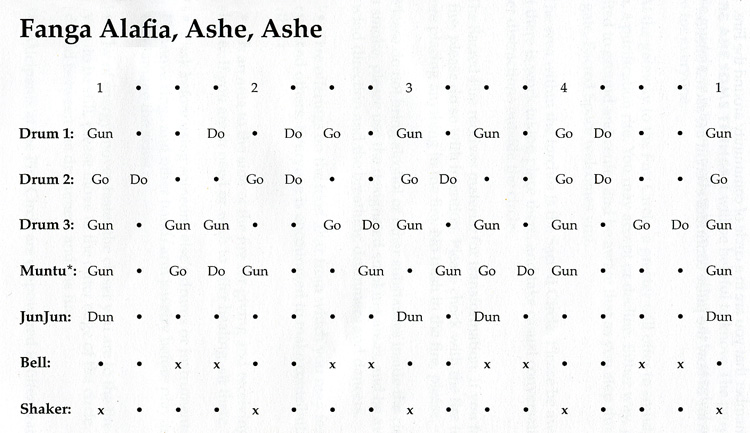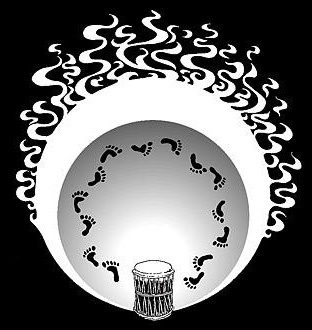EARTH DRUM GUIDELINES
About these tools and materials:
These guidelines were developed over a period of time. The basic principles established in the early Earth Drum Council days grew roots as community members deepened them in practice, and then flowers that were pollinated by a wide variety of people we met over the years.
GUIDELINES FOR COUNCIL
“Guidelines for Council” grew out of the Council that was held at every Earth Drum Council Weekend starting in 1990, inspired by Jimi’s experience with Medicine Story and the Mettanokit community. Attendance at Council was strongly requested of everyone attending EDC Weekend, because it was our primary strategy for building community by connecting the drumming experience to the rest of our lives. We found that some people didn’t like the idea – till they had sat through their first Council and witnessed the heartsong of 60 other people and had their own heart held. Over 15 years of EDC Weekends, some of the bonds forged in that Council circle went deep.
For years the Guidelines existed in oral form only. They were first written down for the Council on the Rites and Rights of Indigenous Peoples, which we facilitated at the Harvest Gathering in 1997. These Council guidelines were later adapted for many different occasions and groups, including anti-racism conferences, youth groups and schools, and most notably, the Mending the Sacred Hoop Gathering of the Five Colors. Please feel free to use and adapt them yourself, with your own community’s traditions and purposes.
GUIDELINES FOR DRUM COUNCIL
“Guidelines for Drum Council” is adapted from a handout originally written by Bob Walker for Drum and Dance Saturday in Cambridge, when Bob was organizing it for Conga Jim in the late 80s. Conga Jim moved to New Orleans (where he later passed away), and Bob continued to organize D&D once a month. In 1991 Bob went on walkabout to Africa, and he asked us to take it over. We began to offer drum workshops in the afternoon before D&D, and the event was shaped by a cohesive group of drummers who were taking classes and practicing regularly together, which led to hot rhythms drawing dancers. We changed the layout and put drummers on one side of the room (not in a circle, thus not a “drum circle”), playing to dancers and able to hear and see each other. There was a mix of experienced drummers and beginners, and no single facilitator. Soon we expanded to twice a month and had 100 people each time, about half and half drummers and dancers. The handout included here was written to explain how to join in, for new people who were constantly arriving. It could equally apply to indoor drum councils or outdoor fire circle drumming; at Drum and Dance Saturday we use a candle altar in the center to simulate the fire.
GUIDELINES FOR THE FIRE CIRCLE
“Guidelines for the Fire Circle” appears here the way it did in the program for Phoenix Fire in 2009. Many different co-authored versions of these basic guidelines exist, on the internet and in various festival programs. These were written specifically for an ecumenical fire circle ritual that would be accessible to people from many paths. You will find that if you use them for your own community’s Fire Circle, you can create a container for powerful personal and community transformation.
Finally, I include here my transcription of Fanga, the rhythm of welcome that was taught to us by the Grandfather of the African drum in America, Babatunde Michael Olatunji. When Jimi and I met Baba in the early 1990s, he blessed our work and instructed us to teach this rhythm to as many people as possible. Baba, I am following your instructions.
FANGA: A welcome song from Liberia
as taught by Babatunde Olatunji

* A very funky part taught at a master class by the Muntu Dance Theater of Chicago
in Boston in the early 1990s
